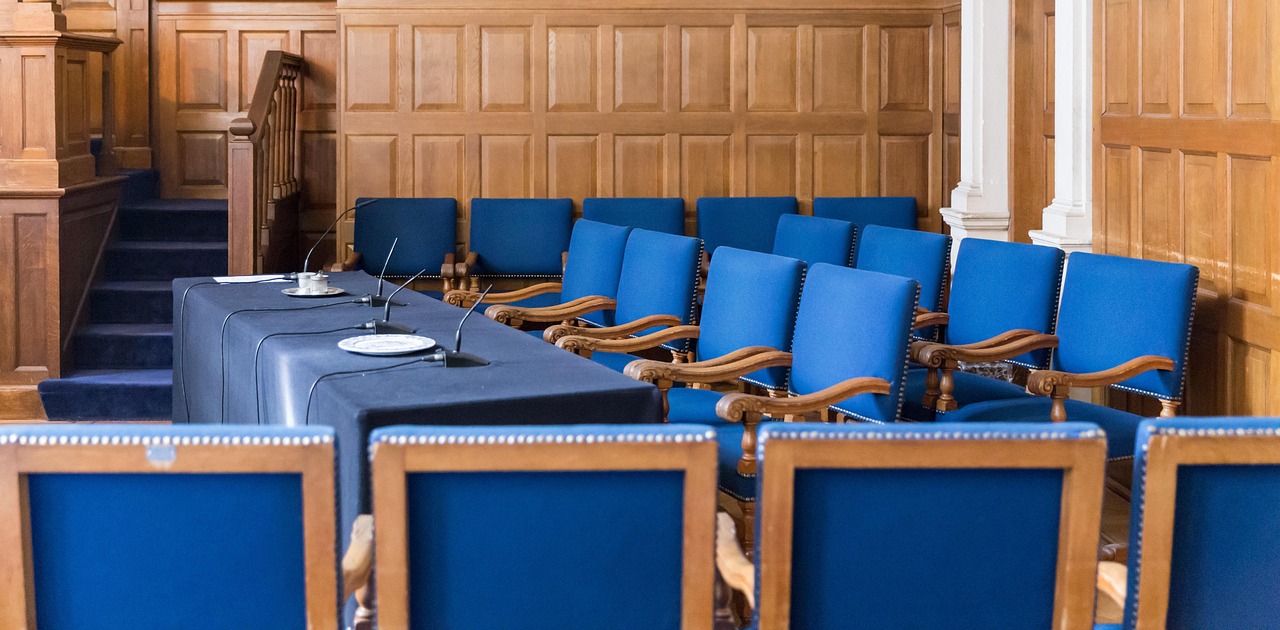The number of children currently in care is at an all-time high of over 80,000. Not all of those children have plans for adoption but there are currently around 2500 children waiting for an adoptive placement in England. For those waiting, the numbers don’t make happy reading as on average, it is now taking over two years for a child to be placed with an adoptive family. The figures have been rising since 2019 as a result of the impact of Covid-19 and court rulings which caused delays for many children. However, the number of approved adopters has dropped.
It’s therefore more important than ever that anyone thinking about adopting fully understand the adoption process so that they know whether it’s right for them or not. This article gives an overview of the adoption process from research right through to placement.
Research, research, research
Before you start any formal part of the adoption assessment, research is the key. Read as much and as widely as you can. Follow adoption accounts on social media, and read blogs and articles written by adoptees, adopters, and birth parents. When you’re doing your research, it’s just as important to learn about the types of issues adopted children often face, and how adult adoptees view their experience, as it is to understand the process itself.
The #ukadoptioncoummunity is a good place to start following people who are going through the adoption process, or who have adopted.

The adoption process
Once you’ve decided adoption is the way you’d like to create your family, you’ll need to start thinking about which agency you’re going to choose. All local authorities are adoption agencies, either on their own or as part of a regional agency. Charities such as Caritas Care are voluntary adoption agencies.
Research is key here again. First4Adoption has a tool you can use to find all the agencies in your area. Have a look at the agency’s websites, ring them up, and go along to events to get a feel for who you’d like to go with. You can speak to as many as you like before you pick one.
Although the assessment process is standardised, each agency will have its own criteria for certain issues. Some agencies won’t consider you if you have a lot of pets, smoke or are significantly overweight. Some will only consider you after at least six months post-fertility treatment. Others are happy to look at it on a case-by-case basis. Shop around and see what feels like a good fit.
The assessment stages
Once you’ve made your decision, picked an agency, and formally registered your interest, there are two stages to the assessment process. Stage One involves checks such as DBS, employment, finances, and health. You’ll need to provide the details of three referees, one can be a family member.
This stage also involves attending a preparation training course and completing learning logs to show the research you’ve done. The training course will give you a lot of information about adoption from birth parents to medical issues to life story work. Stage One should take no longer than two months.
A decision is then made based on the information gathered as to whether you are going to be accepted into Stage Two. If the agency decides you aren’t suitable to be taken onto Stage Two, they have to give you full written reasons. If you’re accepted onto Stage Two, you can decide to take a break of up to six months before you start.

The adoption process: Stage Two
Stage Two is the home study part of the assessment. Your allocated social worker will arrange several visits to meet you, usually at your home, to discuss everything about you. This will cover topics like your childhood, beliefs, relationships, work, friends, and support network. Your social worker needs to find out what makes you tick, how you function, and your strengths and weaknesses so that all of this information can be put into the report they prepare for Panel.
Adoption Panel
The decision to approve you as an adopter is not made by your social worker or their manager, but by the agency’s adoption Panel. This comprises several different people who have experience of adoption or working with children.
There will be a foster carer, a councillor, a medical adviser, several social workers from different disciplines, adopters or adoptees, and professionals with an educational background. Not all of the Panel members will sit each time, but there will be a range of backgrounds sitting on the day of your Panel.
The Panel won’t have met you before your Panel date. They will, however, have read the comprehensive report prepared by your social worker. Essentially, that is what they base their decision on. That’s why it’s so important that you’re open and honest with your social worker.
No one has led a perfect life so everyone has things in their past they would do differently in hindsight. What your social worker and the Panel will be looking at, is what you’ve learned from the experience. Trauma, loss, and bad experiences shape us into who we are.
Panel date
Your social worker will have a Panel date in mind that they’re working towards during your assessment. You’ll be told of that at some point during your home study.
Your social worker will submit their report about you to Panel in advance of the date. You’ll be given the opportunity to read the report and ask for anything to be changed that you don’t think is accurate. Your social worker’s manager will have read the report too and identified if there are any gaps.
Any issues should be identified as you go along and addressed. If your social worker has concerns, they won’t be left until the end so there shouldn’t be any surprises. Panel isn’t just a rubber-stamping exercise, they will scrutinise the report and ask questions, but you wouldn’t be taken to Panel unless your social worker (and their manager) were confident that you’re going to be approved.

There are three possible outcomes at Panel; approved, deferred or your application turned down. A deferral may happen if the Panel requires more information about a particular issue.
The adoption process: Matching
Once you’re approved and the agency’s decision maker has approved the recommendation, the search begins for your child.
Matching can be done in several different ways. Some agencies involve you and give you details of a number of different children. There are websites you can register with to see children who are waiting to see if there are any that meet your criteria. Others don’t give you any details until a potential match has been found. Either way, your social worker will discuss this in detail with you.
Be prepared for matching being a difficult and sometimes lengthy process. With so many children waiting to be matched, it can be hard to say no to a match. But that is part of the process. You’re not doing a child who has already experienced trauma any favours by saying you can manage their needs because you don’t want them to be waiting any longer when you know that you can’t.
Competitive matching
Some agencies do competitive matching which is where they identify several adopters who seem to be a good fit for a child or sibling group. They then visit them all and decide who they want to proceed with.
Once a match is found, you will meet the child’s social worker, foster carer, and the agency’s medical adviser. There may be other meetings if the child has particular needs. That is your opportunity to ask questions and find out as much information as you can about them so you can be prepared as you can be for them coming home.
The agency’s panel will need to approve the match, but this tends to be less formal than the approval panel. Once Panel has approved the match, a timetable will be agreed (if it hasn’t been done already) to gradually introduce your child to you.
More information
If you’d like to find out more about the adoption process, have a look at this guide on First4Adoption’s website. I’ve written a book, An Adopter’s Guide to Adoption, which takes you through the whole process in a lot of detail. I’ve shared snippets of our journey to give you a flavour of what things are like – it’s the book I wish had been available when we started our journey.
The magazine is packed full of articles and interviews with adopters, adoptees, birth parents, and experts. Have a look around to find out what the process is really like from those who have been through it.




